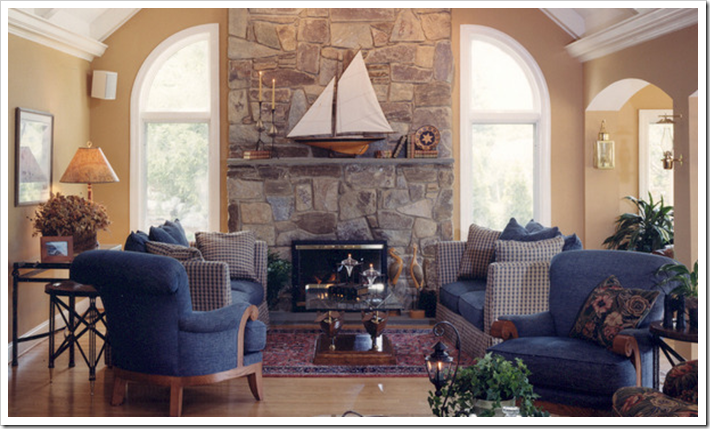Ok as far as modifying the stove in that stove it probably doesn't matter very much and as long as you have no combustibles in the wall behind it clearance is not an issue. And yes scanned a chimney modern insulated chimneys are only designed to stand up to occasional chimney fires and are supposed to be thoroughly inspected after any fire they can become seriously computerized by repeated fires. And by the way these are not my opinions These are code and recommendations from CSIA.
It is relevant where it passes through the roof there have to be combustibles there. And i am sorry but working as a professional chimney sweep for seven years counts for allot as well as growing up with a father who has been a chimney sweep my whole life and heated with wood the whole time also counts. I also go to several continuing education classes a year on all aspects of chimneys. How much education have you had on the subject? And you are contradicting yourself is it " triple insulated" or triple wall or zero clearance?
Like i said before if you want to risk you house by burning your chimney out that is up to you but it is a very dangerous old school way of doing things and i don't want anyone else to think it is in any way safe or advisable.
no- it's not relevant where it passes through the roof- makes no difference at all- as long as I have the proper height on the stack.
No again; your "education" means zippo to me. I also know many certified ASE mechanics that I wouldn't trust for a second working on my truck.
Just because you THINK you know something, does not mean you do.
How much education do I have on burning wood and building code? well, it would take a very long post and honestly- I just don't respect your opinions or recommendations enough to vest that kind of energy into listing my credentials; we'll just say, I'm very qualified (and well licensed) and I've dealt with "chimney sweepers" on projects before- and lets just say... dealing with a "chimney sweeper" on a project is like dealing with a security officer who thinks he's a cop.
EVERYTHING you've covered in your "continued education" on chimneys, I've covered as well- plus some, and some more. I'll leave it at that. There's no knowledge you posses that can't be obtained via 1 week of google a few hours a day.
"triple insulated" or triple wall or zero clearance".... now you're just be silly. obviously meant to say triple wall- and you knew that.
regarding your last post about the lake house.... read the above thread again; like I said above, that lake house was built by my grandfather, inherited by my father and then sold to me. I renovated the lake house and FIXED my grandfathers shoddy install (which lasted what, 50+ years the way it was... no fire... no issues.)
enough with this. getting feedback with a stove modification on this site is akin to asking a waiter what dinner he recommends on the menu and the waiter responds by telling you how to plant crops and feed cattle.
Here I expected to engage in an intelligent conversation on the physical characteristics & thermal dynamics of a particular wood stove- expecting some input from someone who's performed such a mod, or even maybe a little math to assist in my flue design and stove mod. Nope. just a bunch of irrelevant questions, opinions and recommendations that have ZERO relevance to the original topic.
and I'll leave it at that.




